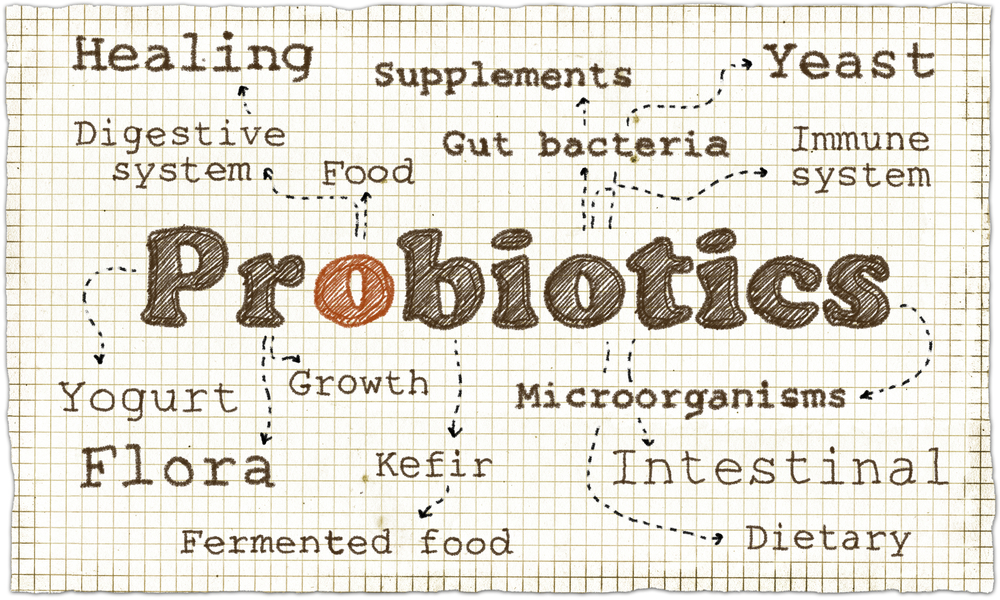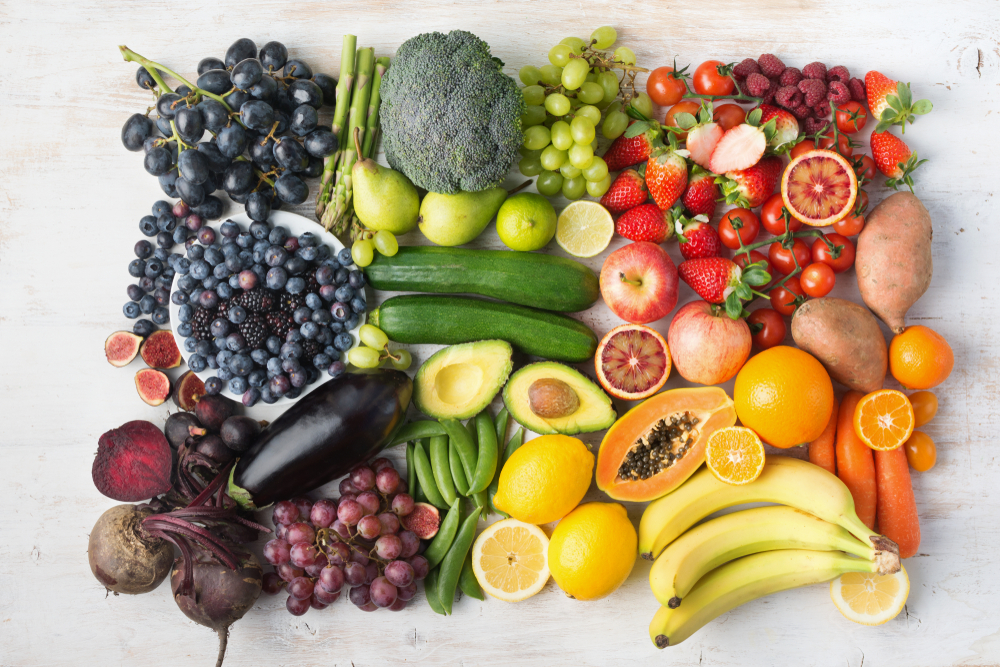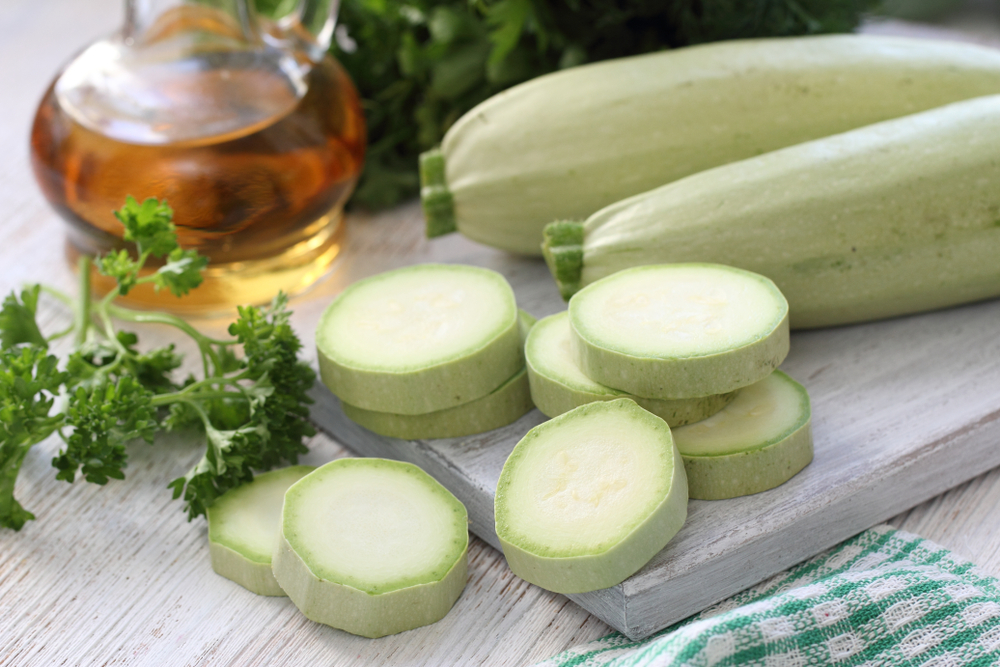 You’ve probably heard the words, but you may not be too sure of the differences or what they do.
You’ve probably heard the words, but you may not be too sure of the differences or what they do.
Probiotics and prebiotics play essential roles in our overall health, especially when it comes to digestive health.
Clinical Nutritionist Suzie Sawyer gives us the low-down.

What are probiotics?

The word probiotic literally means ‘for life’ such is their importance in our overall health. They are live bacteria and yeasts that live inside the body, mainly in the digestive tract. The exact number of probiotic strains is thought to be around 400 but more research is being carried out all the time. Much current research tends to be around some of most prevalent strains being Lactobacillus acidophilus and Bifidobacterium bifidum. Probiotics are often referred to as ‘friendly bacteria or flora’.
What are prebiotics?

Prebiotics are a type of non-digestible fibre that help feed the friendly bacteria. They are found in many different types of foods, especially specific fruits and vegetables. Prebiotics are sometimes referred to as the ‘fertiliser’ of the digestive tract because they stimulate growth and wellbeing of probiotics, and crowd out disease-causing bugs.
What do they do and how do they work together?
Essentially, probiotics do most of the work, but prebiotics are no less essential in providing their fuel (and they have big jobs to do too!)
Probiotics are crucial for human health and the more we know, the more we realise just how critical they are to our wellness. They fulfil many different functions throughout the body, including encouraging healthy digestion and helping normalise constipation and diarrhoea. They also help to control and limit the production of parasites and pathogenic intestinal yeasts.

Probiotics help to produce vitamins including vitamin K, Vitamin B12, folic acid and biotin, hence they have a big role to play in skin, bone, brain, and hair health. They are essential for keeping the immune system in good shape and are needed to produce hormones, aid detoxification, and play a key role in mental wellbeing too.
We know that if probiotics aren’t correctly nourished then they can’t flourish, hence prebiotics being essential too. Prebiotics not only help to feed the good guys, but research has found they aid calcium absorption, hence they are important for bone density. They play a key role in brain health, help the body process carbohydrates and have a role to play in balancing blood sugar levels. Prebiotics are often used on their own or alongside probiotics in supplements, to great effect, in cases of IBS and inflammatory bowel disease.
Where can you find them?
Probiotics are primarily found in fermented foods, which are widely eaten in traditional Asian diets. They are naturally found in kefir from goat, cow, or sheep milk with kefir grains, and in kimchi made from fermented cabbage, cucumber, and radish. Sauerkraut, produced from fermented cabbage, miso, produced from fermented soya beans, and natural live yoghurt are other good probiotic choices. Whilst they are not always the first-choice foods in traditional western diets, more and more people are realising their health benefits so are including them in recipes.

Prebiotics are widely found in bananas, oats, Jerusalem artichokes, green vegetables, onions, garlic, soybeans, chicory, and asparagus. And if you’ve ever wondered why you may have more flatulence after eating these foods, it’s because they start a feeding frenzy in the gut. However, once the gut is in better shape, the effects of eating these foods will be much less noticeable.

How often should you eat them?
They can actually be incorporated into the daily diet quite easily since there’s a good choice of foods containing probiotics and prebiotics. You don’t necessarily need to have probiotics and prebiotics in the same meal. Natural yoghurt is often part of the daily diet and kefir is readily available in drink form or in yoghurts, in supermarkets.

And whilst there are certain foods that contain plenty of prebiotics, all fruits and vegetables will encourage the good bacteria to flourish. Eating a colourful diet will really encourage the diversity of live strains and prebiotics that keep the all-important gut microbiome super healthy.
FOR MORE GREAT NUTRITION AND LIFESTYLE ADVICE:
Sign up to receive our blog and get a weekly dose of the latest nutrition, health and wellness advice direct to your inbox.
Follow us on Instagram @feelaliveuk for nutrition, lifestyle and well-being tips.
Visit us at www.feelaliveuk.com for the latest offers and exclusive Alive! content.
Follow and Chat with Suzie on Twitter @nutritionsuzie
For everything you need to know about vitamins, minerals and herbs visit our sister site Herbfacts
All images: Shutterstock





 CoQ10 is one of our key antioxidants, so it’s needed for the immune system and also for keeping bad bacteria in the mouth at bay. Interestingly, there is also a connection between gum disease and heart disease, hence another reason for really looking after oral health. It’s also the reason that CoQ10 is often taken as a supplement. If your dentist has noted some declining gum health, then it might be worth considering taking a supplement of CoQ10. It should also help energy levels.
CoQ10 is one of our key antioxidants, so it’s needed for the immune system and also for keeping bad bacteria in the mouth at bay. Interestingly, there is also a connection between gum disease and heart disease, hence another reason for really looking after oral health. It’s also the reason that CoQ10 is often taken as a supplement. If your dentist has noted some declining gum health, then it might be worth considering taking a supplement of CoQ10. It should also help energy levels.













 Interestingly, one of the many antioxidant compounds in strawberries are known as anthocyanins. They are responsible for their lovely colour and also help protect the heart from any damage and keeping it beating strongly.
Interestingly, one of the many antioxidant compounds in strawberries are known as anthocyanins. They are responsible for their lovely colour and also help protect the heart from any damage and keeping it beating strongly.

